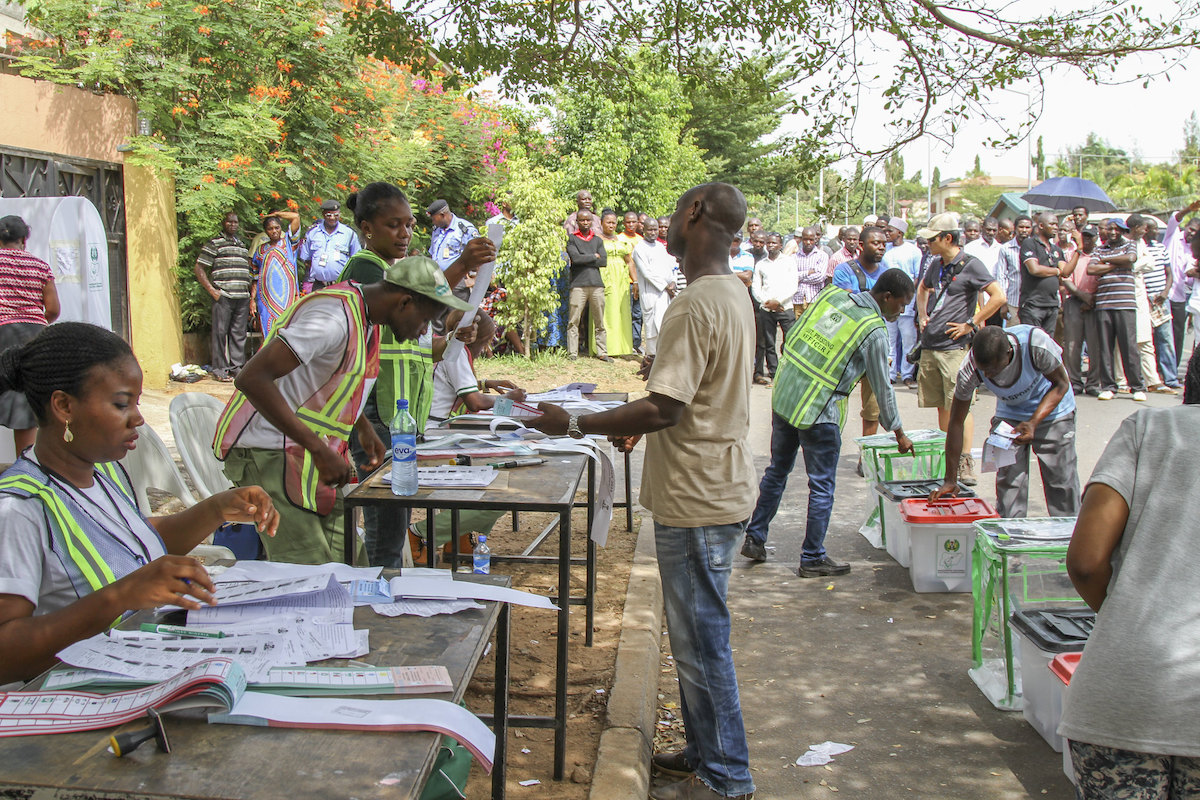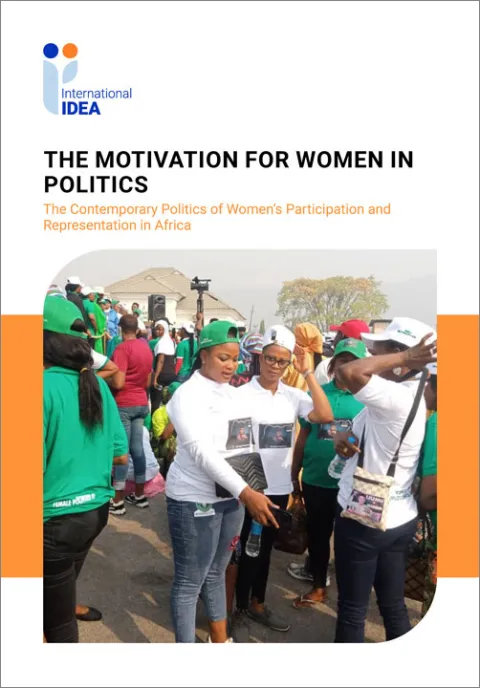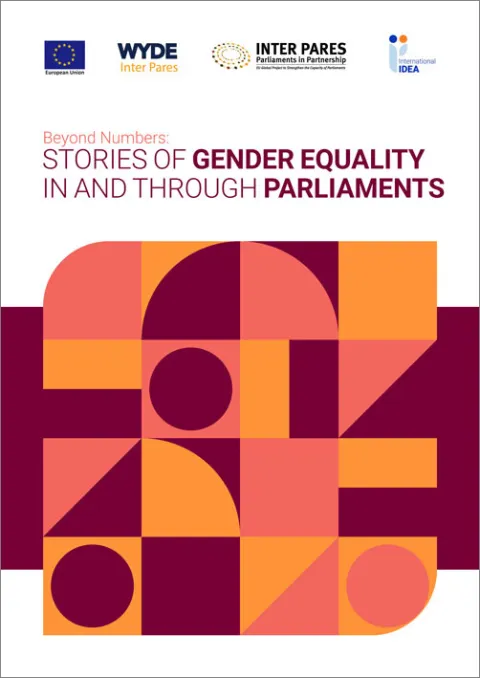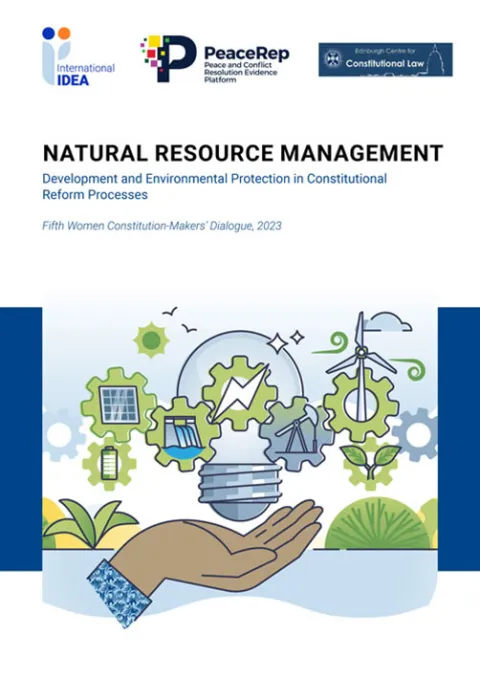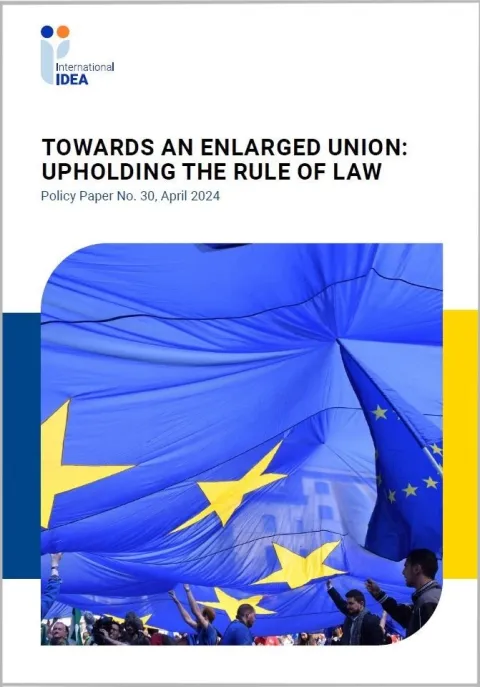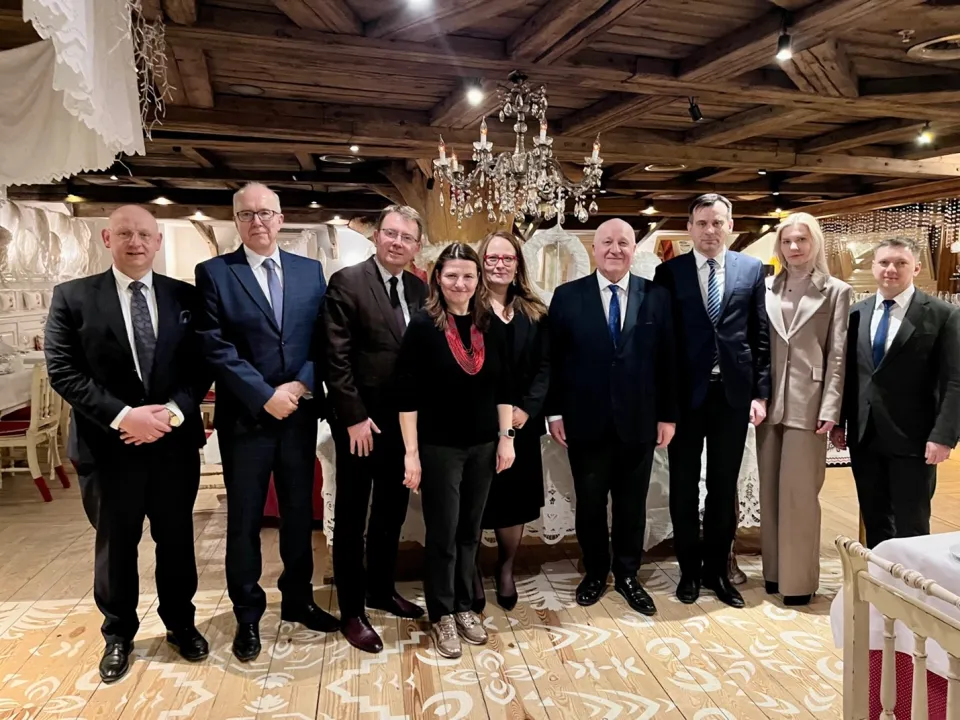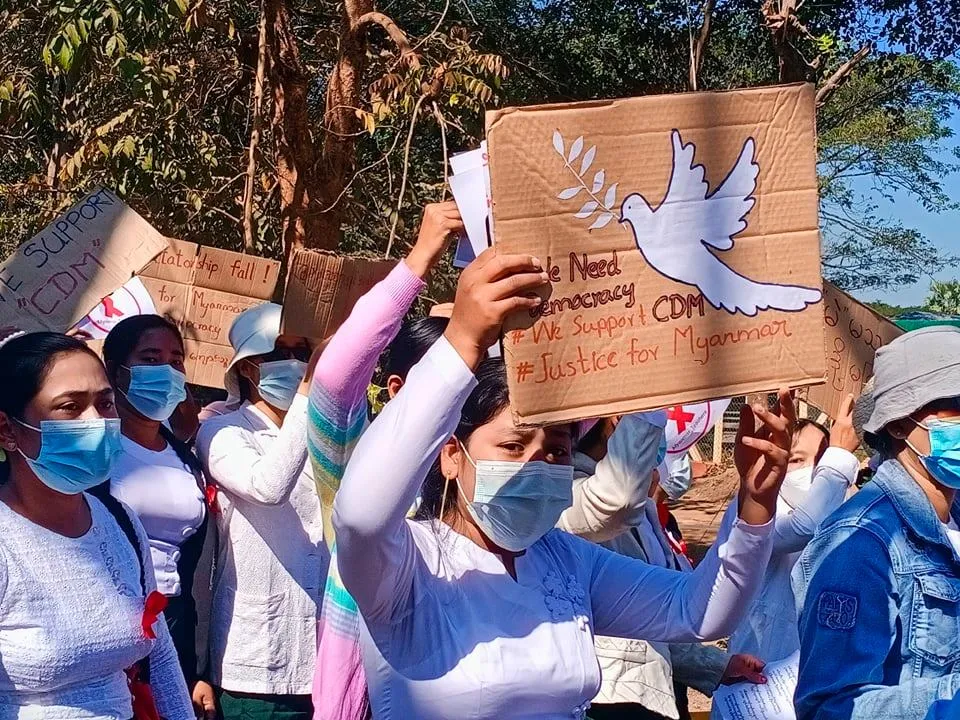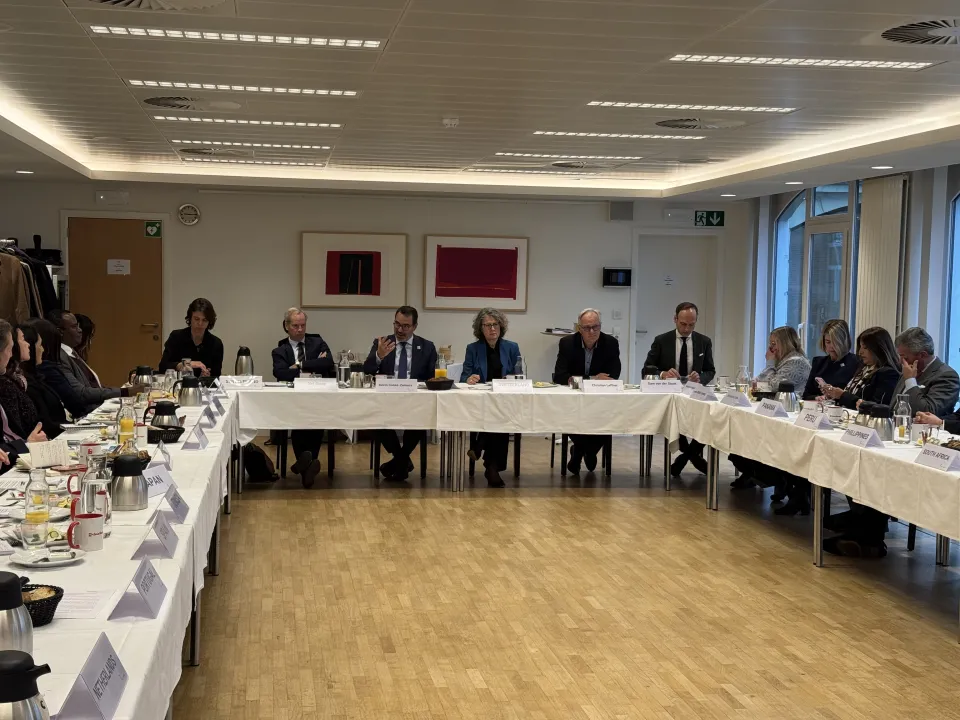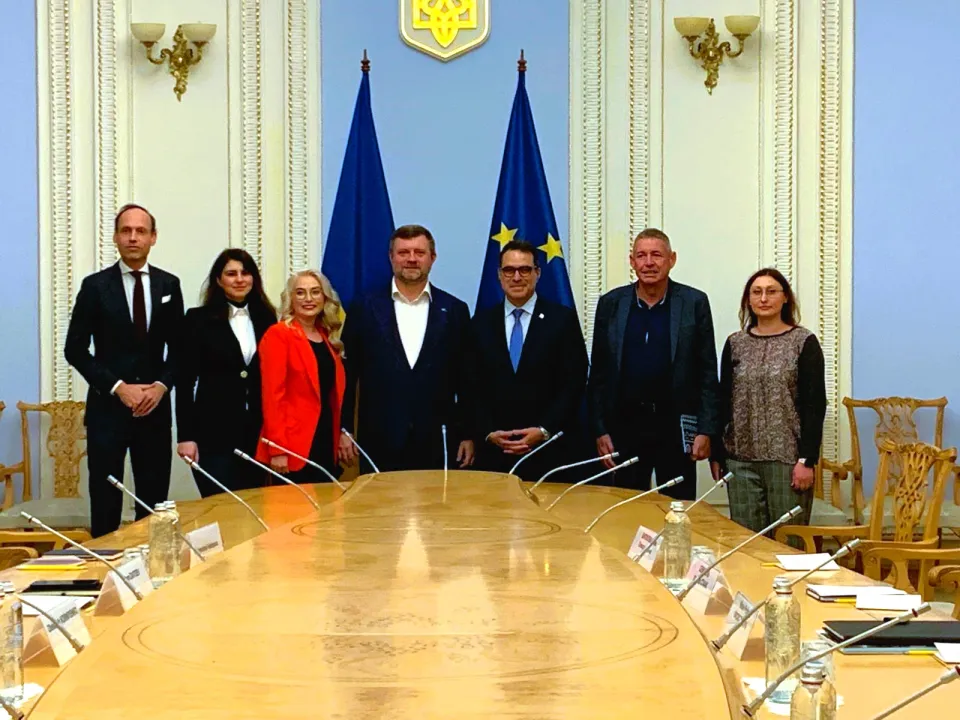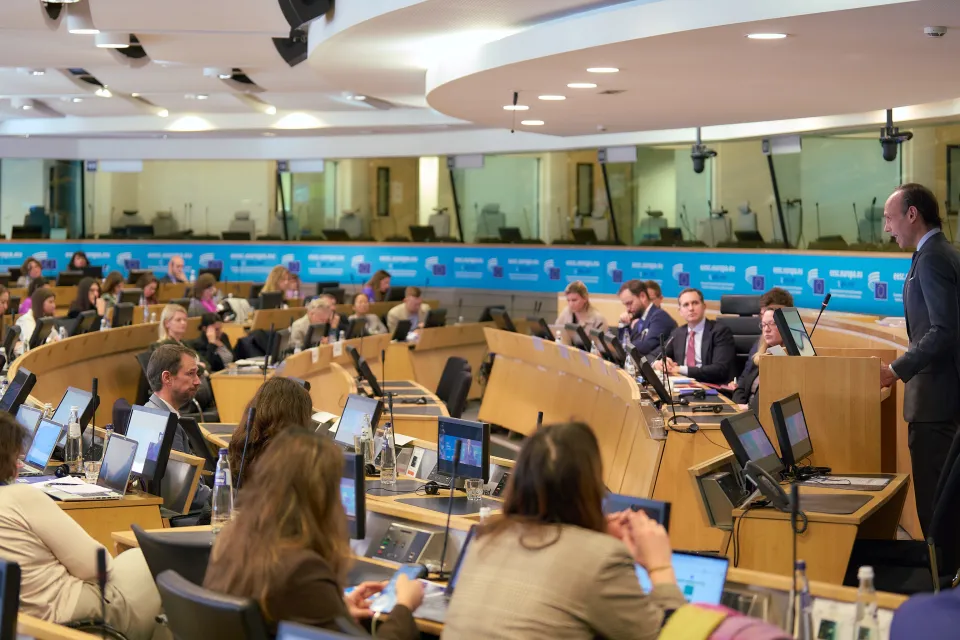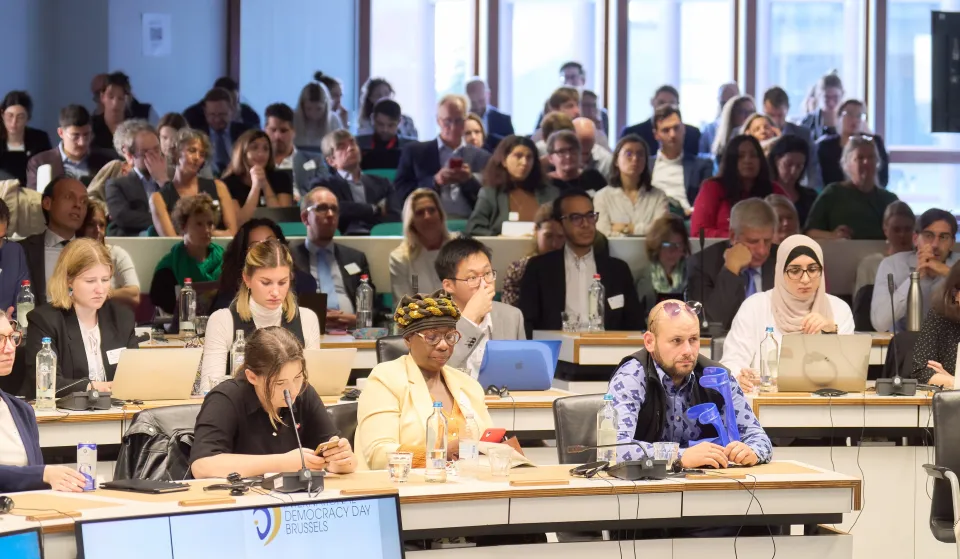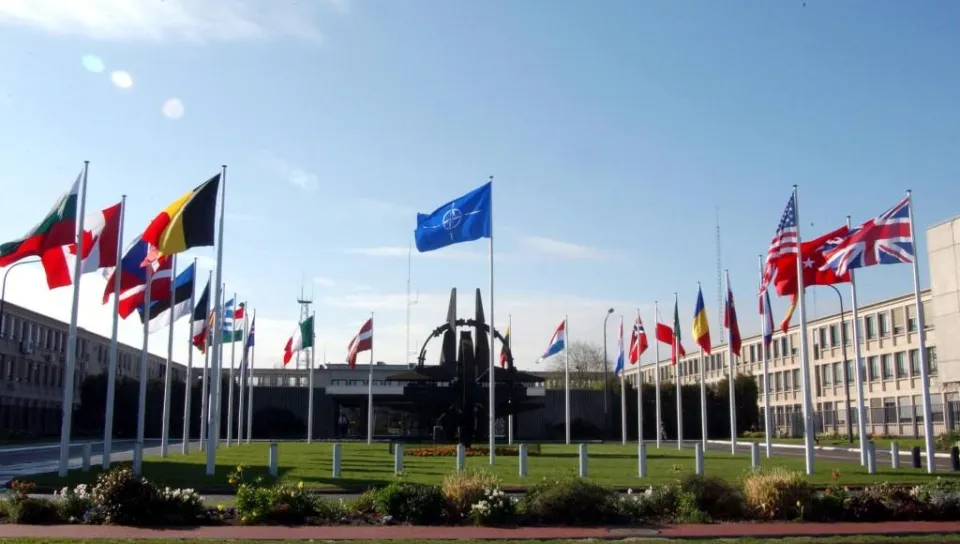The Implementation of Quotas: European Experiences
This report examines women’s political representation in Europe.
Although the overall representation of women in European Parliaments (including the members of the Commonwealth of Independent States) stands at approximately 18 percent, the differences among the many countries are staggering; from a low of three percent in Kyrgyzstan to a high of 45 percent in Sweden.
In all of Europe, only eight countries have legislated quotas at the national or sub-national level. In 27 countries, political parties have voluntarily adopted some form of quotas. Gender quotas are increasingly viewed as an important policy measure for boosting women’s access to decision-making bodies throughout the world.
This report looks in depth at this particular impediment and compares strategies and ways of overcoming the stereotypes. There are 11 country case studies included in the report: Belgium, Bosnia and Herzegovina, Croatia, Estonia, Hungary, Lithuania, Macedonia, Norway, Poland, Serbia and Montenegro and Slovenia.
Details
Related databases & tools
Contents
Preface
1. Quota systems: An Overview of Global Trends and Regional Analysis
2. Implementing Quotas: Legal Reform and Enforcement
3. Political Party Quotas in Practice
4. Lobbying for Quotas: International and Regional Cooperation
5. Introducing Quotas: Discourses and Lobbying - Strategies used by Women's Movement
6. The Role of the International Community and International Instruments
Conclusions
Give us feedback
Do you have a question or feedback about this publication? Leave us your feedback, and we’ll get back to you
Send feedbackThe Implementation of Quotas: European Experiences
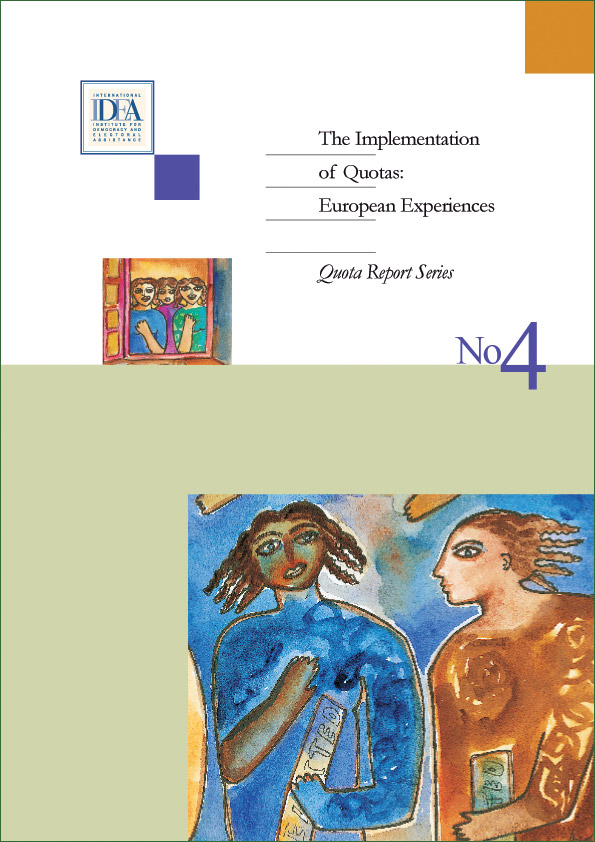
| Total views | 7553 |
|---|---|
| Downloads | 138 |
| Rating |
Related databases & tools
Give us feedback
Do you have a question or feedback about this publication? Leave us your feedback, and we’ll get back to you
Send feedback